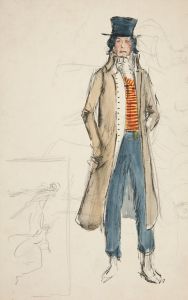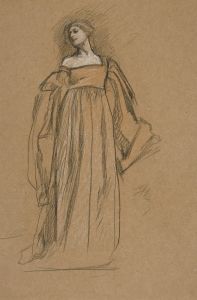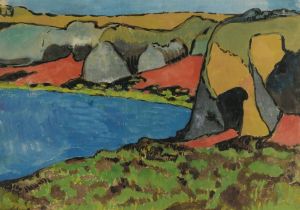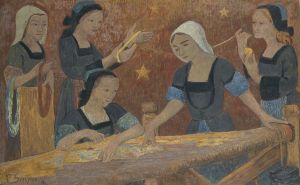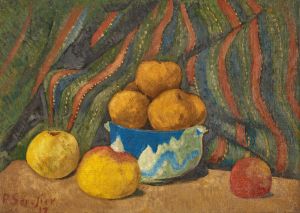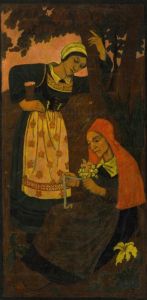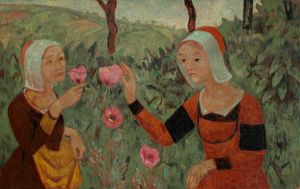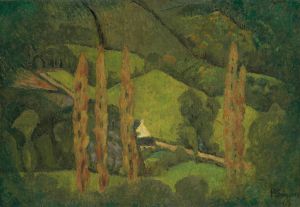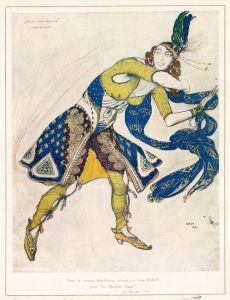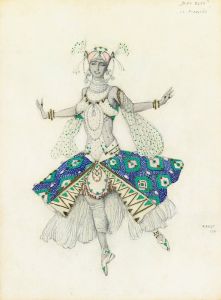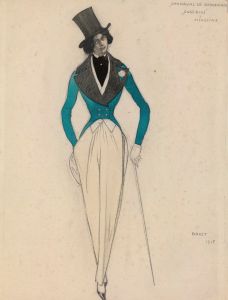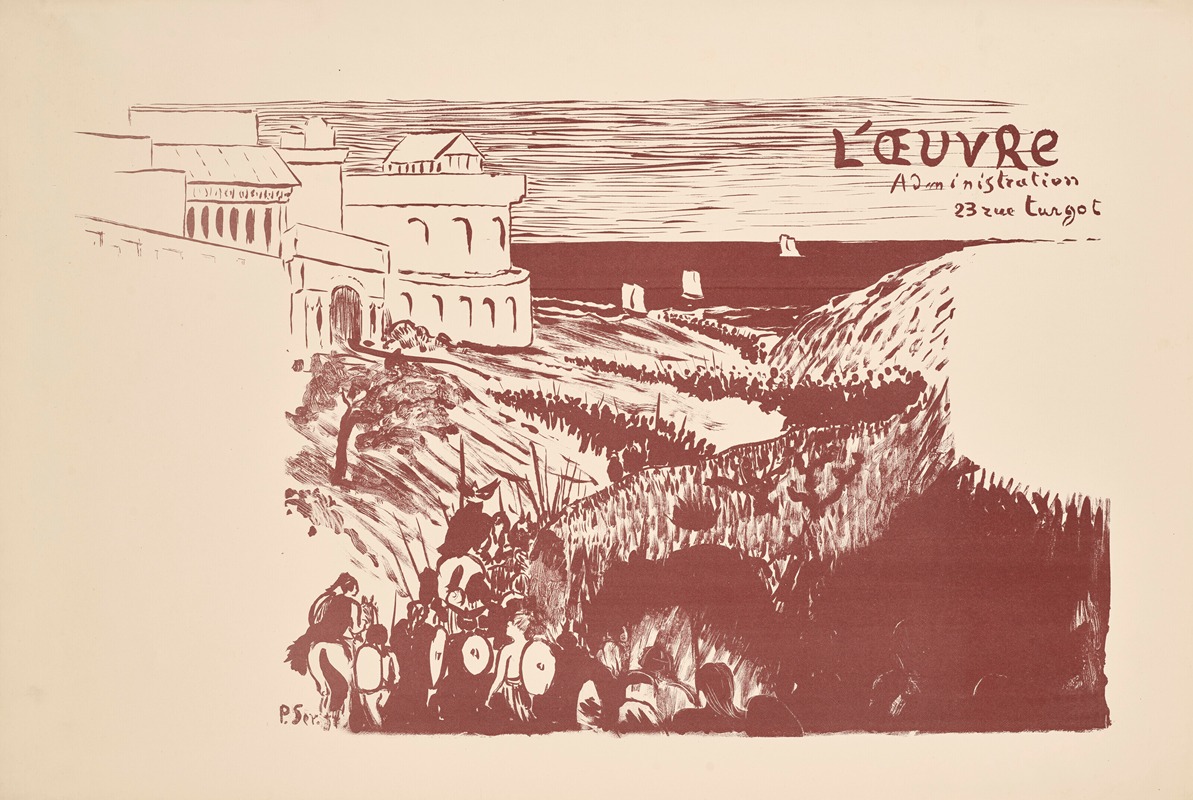
Affiche pour la pièce Hérakléa de Auguste Villeroy au Théâtre de l’Œuvre dans la revue ‘Revue encyclopédique Larousse’
A hand-painted replica of Paul Sérusier’s masterpiece Affiche pour la pièce Hérakléa de Auguste Villeroy au Théâtre de l’Œuvre dans la revue ‘Revue encyclopédique Larousse’, meticulously crafted by professional artists to capture the true essence of the original. Each piece is created with museum-quality canvas and rare mineral pigments, carefully painted by experienced artists with delicate brushstrokes and rich, layered colors to perfectly recreate the texture of the original artwork. Unlike machine-printed reproductions, this hand-painted version brings the painting to life, infused with the artist’s emotions and skill in every stroke. Whether for personal collection or home decoration, it instantly elevates the artistic atmosphere of any space.
Paul Sérusier's work "Affiche pour la pièce Hérakléa de Auguste Villeroy au Théâtre de l’Œuvre dans la revue ‘Revue encyclopédique Larousse’" is an example of the artist's involvement in the Symbolist movement and his contributions to the world of theater and print media. Sérusier, a French painter and a key figure in the post-Impressionist group Les Nabis, was known for his innovative approach to color and form, which is evident in this particular piece.
The artwork was created as a poster for the play "Hérakléa," written by Auguste Villeroy. The play was performed at the Théâtre de l’Œuvre, a Parisian theater known for its avant-garde productions and its role in promoting Symbolist and modernist works. The Théâtre de l’Œuvre was founded by Lugné-Poe in 1893 and became a hub for experimental theater, often showcasing works that challenged conventional norms and explored deeper philosophical and psychological themes.
Sérusier's poster was featured in the "Revue encyclopédique Larousse," a publication that aimed to disseminate knowledge across various fields, including the arts. This inclusion highlights the intersection of visual art and literature during this period, as well as the role of print media in promoting cultural and artistic endeavors.
The design of the poster reflects Sérusier's Symbolist influences, characterized by the use of bold colors, simplified forms, and an emphasis on conveying mood and emotion rather than realistic representation. Symbolism in art sought to express the underlying ideas and emotions of subjects, often through allegory and metaphor. Sérusier, along with other members of Les Nabis, was instrumental in pushing the boundaries of traditional art to explore these new territories.
While specific details about the visual elements of the poster are not widely documented, Sérusier's style typically involved the use of flat planes of color and a departure from the detailed naturalism that dominated earlier art movements. His work often incorporated mystical and spiritual themes, aligning with the Symbolist movement's focus on the inner experience and the transcendental.
The collaboration between Sérusier and the Théâtre de l’Œuvre represents a significant moment in the history of modern art and theater, illustrating the dynamic exchanges between different artistic disciplines at the turn of the 20th century. This period was marked by a flourishing of creative experimentation, with artists and playwrights seeking to break free from traditional constraints and explore new forms of expression.
In summary, Paul Sérusier's "Affiche pour la pièce Hérakléa de Auguste Villeroy au Théâtre de l’Œuvre dans la revue ‘Revue encyclopédique Larousse’" is a testament to the vibrant cultural landscape of late 19th-century France. It exemplifies the collaborative spirit between visual artists and theatrical innovators, as well as the broader Symbolist movement's impact on the arts.





